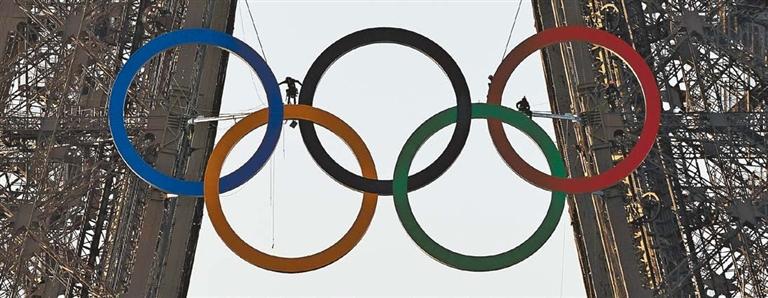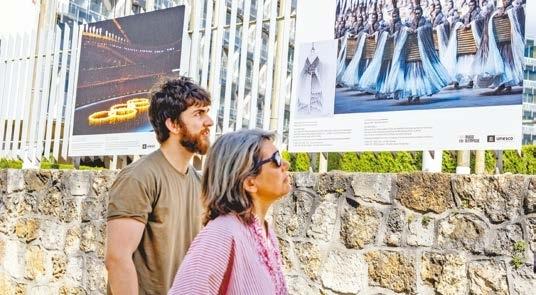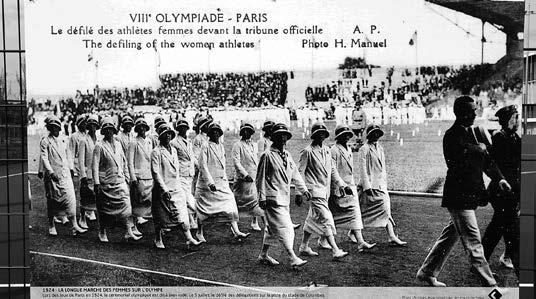


THE year 2024 marks the third time that Paris has hosted the Olympic Games. The first was in 1900 and the second was a century ago in 1924. Since then, the world has changed dramatically. Over the past century, some sports have ceased to be part of the Olympic program, while some others have been incorporated into the Games. Nowadays, the facilities at the Games are tailor-made to allow athletes to maximize their performance while providing the best possible experience to the audiences. So what’s new? What remains from 1924? And what differences can we see between now and then? Sports in each edition With 17 sports and 126 medal events, the Paris 1924 Games lasted nearly three months, between May 4 and July 27, far longer than nowadays editions. The Paris 2024 Games will run from July 26 to Aug. 11 with nearly doubled number of sports: 32 in total — and 329 medal events. Foil, the first female fencing event on the Olympic program, was introduced in 1924. The Games were also the first to feature demonstration sports: Basque pelota, savate (French kickboxing), canoe and canne de combat — a French martial art similar to fencing in which competitors use a cane (canne). The Paris 1924 was the last time tennis was featured on the Olympic program until it returned at Seoul 1988. It was also the last time we saw rugby in the traditional 15-a-side variant, with the sport only returning at Rio 2016 in the faster seven-a-side variant (rugby sevens). At Paris 2024, breaking will make its debut at the Games. Athletes and Olympic Village Paris 1924 featured 3,089 athletes, 135 women and 2,954 men, many of whom were accommodated in the first Olympic Village. The village was located in Colombes, near the Yves-du-Manoir stadium, northwest of central Paris. At Paris 2024, 10,500 competitors are expected to compete, with women and men in equal numbers. The Olympic Village for the 2024 Games is located five minutes from the Saint-Denis stadium, seven kilometers from the center of the French capital. Attending countries (regions) There were 44 National Olympic Committees (NOCs) represented at Paris 1924. Ecuador, Ireland, Lithuania, Philippines, Uruguay, Latvia and Poland sent delegations for the first time. In 2024, more than 200 national and regional Olympic committees take part in the Games, in addition to the Refugee Olympic Team. Stadiums and facilities One venue from Paris 1924 will be used at Paris 2024. The Yves-du-Manoir stadium in Colombes hosted the opening and closing ceremonies almost a century ago, as well as some of the matches in the rugby and football tournaments. In 2024, the stadium will host the hockey tournament, while rugby and football will be played in other facilities including the Stade de France, Parc des Princes and other stadiums spread across mainland France. In 1924, sailing took place in Normandy, in Le Havre and also on the banks of the River Seine, in Meulan en Yvelines. In 2024, the event will take place in Marseille on the Mediterranean coast. Fencing competition will be held in one of the most iconic locations of the French capital, the Grand Palais this time, while at Paris 1924 it took place in the Vélodrome d’Hiver, a covered velodrome on rue Nélaton in downtown Paris, which was destroyed in 1959. In 2024 surfing will feature at the Games for the second time and the competition will take place outside of Europe. The waves of Teahupo’o in Tahiti (French Polynesia) will welcome the world’s best surfers hunting for Olympic glory. (Xinhua) | 
